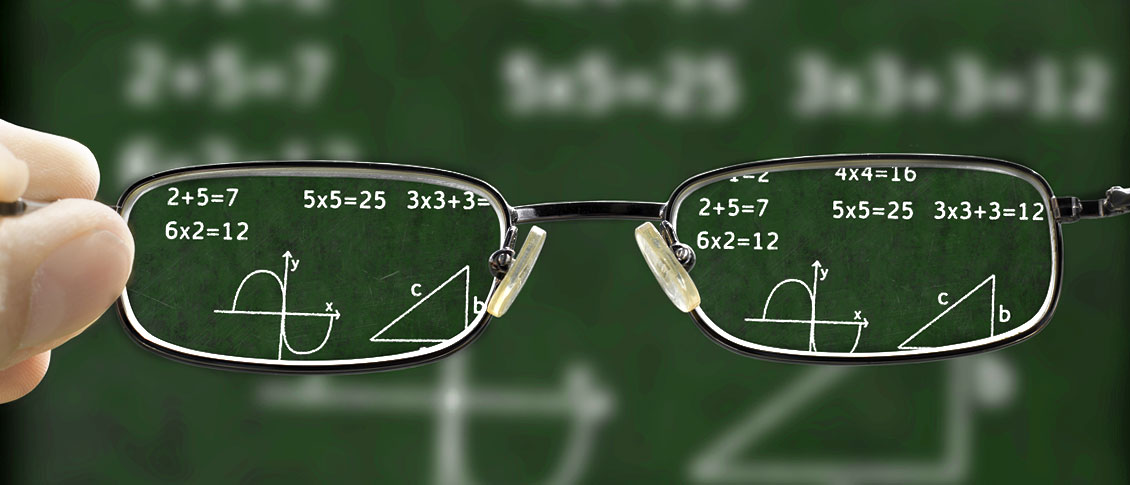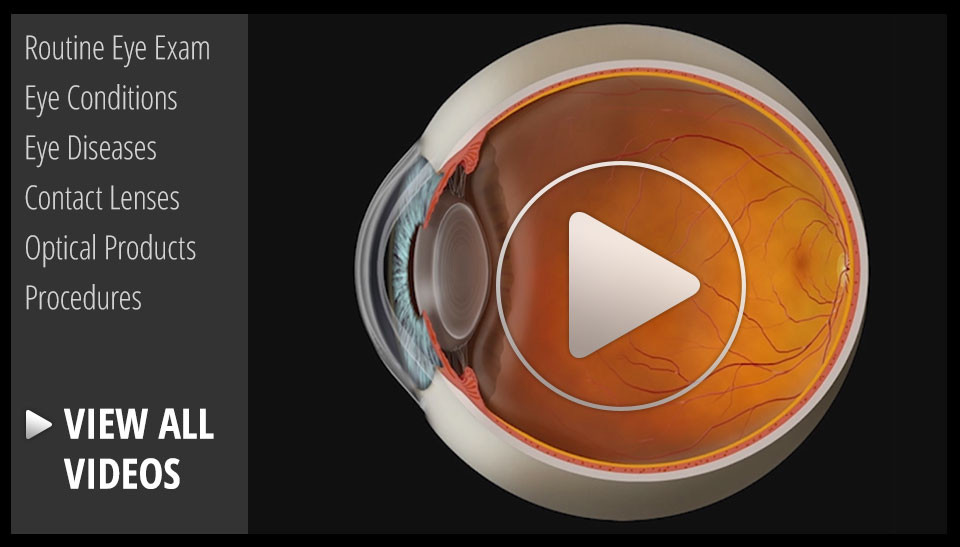Blog

I recently received a text from an out-of-state relative, asking if he should have his college-age daughter put in progressive lenses to help delay progression of her nearsightedness.
I told them that there wasn’t good evidence that doing that would help, and since progressive lenses generally cost about three times as much as single-vision lenses that he shouldn’t do it.
The optometrist they were seeing at the time insisted I was wrong and strongly encouraged them to do it. Included in that exchange was a comment by their optometrist that I should stick to surgery and let her handle refractions!!
Based on that exchange I decided to do some homework and make sure I wasn’t missing something. There have been multiple interventions tested over the years to help slow the progression of nearsightedness (myopia). Some have worked, some have not. Some that have worked have side effects that limit their usefulness. We will try and delve into several of these here.
Progressive...
Read more: Is There Anything I Can do to Stop Getting More Nearsighted?

1. Vision is so important to humans that almost half of your brain’s capacity is dedicated to visual perception.
2. The most active muscles in your body are the muscles that move your eyes.
3. The surface tissue of your cornea (the epithelium) is one of the quickest-healing tissues in your body. The entire corneal surface can turn over every 7 days.
4. Your eyes can get sunburned. It is called photokeratitis and it can make the corneal epithelium slough off just like your skin peels after a sunburn.
5. Ommatophobia is the fear of eyes.
6. You blink on average about 15 to 20 times per minute. That blink rate may decrease by 50% when you are doing a visually demanding task like reading or working on a computer – and that’s one reason those tasks can lead to more dry-eye symptoms.
7. Your retinas see the world upside down, but your brain flips the image around for you.
8. If you are farsighted (hyperopia) your eye is short, and if you are shortsighted (myopia)...


